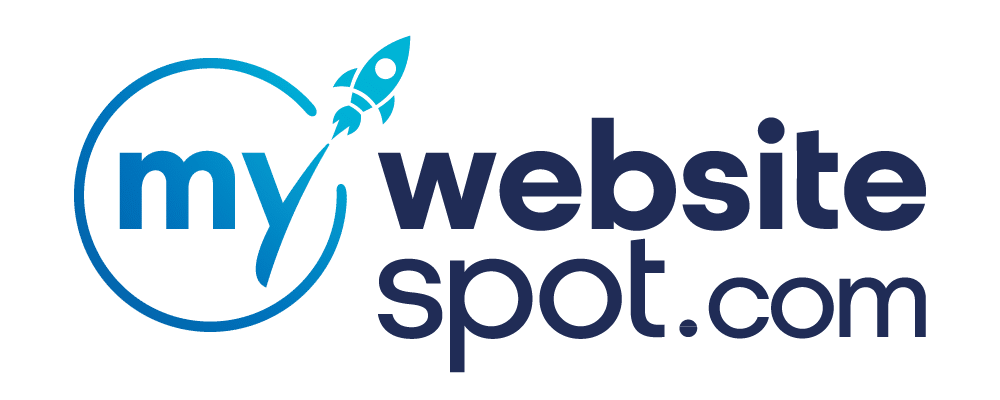Google updates its algorithm thousands of times per year with minor effects on the overall ranking of your website. When core updates happen, that’s when larger shakeups happen. Google announced a core update to start on March 15, 2023, and be complete on March 28, 2023. This article will review the impact of previous core updates, what you can expect with the new one, and some ways to monitor how this core update will affect your current ranking pages.
Recent Changes
What changes during core updates?
Core updates are significant, broad changes to Google’s search algorithm and systems. These happen several times a year, and Google provides notices about these particular updates on their Google Search ranking update list. Algorithm changes do not target specific sites or pages but aim to improve the relevancy of their links to each user’s search intent. Some industries are more affected than others by each core update. This makes it critical for you to review your content, update it regularly, and understand what changes will best serve you and your viewers.
How core updates affect pages that performed well before a core update
As of January 2023, Google handles 81.95% of the search traffic market, which makes capitalizing on organic search traffic an essential part of your site’s SEO. Measuring your site traffic is the best way to identify if your pages have been affected by a core update. While core updates do not target specific pages or industries, the impact is wide-reaching and sometimes devastating to organic search traffic.
4 ways to follow up on impacts to your site
Pages that violate Google’s spam policies are most likely to be affected and may receive manual or algorithmic action. Suppose your page performed well before the core update. In that case, Google recommends focusing on this content, refreshing outdated information, and ensuring you create helpful, reliable, people-first content. That is what they reward on the SERP. We’ve put together four steps to help you get back on track and improve your rankings.
Step 1 - Assess your site
Looking at your site metrics and running an audit on your pages is the best way to start. Core updates take weeks to complete, and fluctuations are common during this update period. Run your audit once the update is complete. The most recent completion date was March 28, 2023.
We recommend comparing this data to your previous 30 – 90 days and noting which pages were affected most by the core audit. Three areas to pay attention to are
- Changes in page visitations
- Time spent on the page
- Keyword positioning
These areas are also affected by the user’s search intent and are where reviewing your technical SEO matters.
Step 2 - Analyze your technical SEO
Your technical data is vital to your overall user experience. Prioritizing this creates a snowball effect in improving the other metrics of your site. Areas in your technical data to focus on include
- Site structure
- Load Speed
- Mobile optimization
- Fixing broken links
- Fixing crawl errors

Step 3 - Evaluate your content
Google is constantly updating its search algorithms to provide the best links to quality content. It places a higher emphasis on its E-E-A-T and YMYL content guidelines when ranking these sites. It offers resources and lists of self-assessment questions to help you create people-first content. Some of the questions revolve around
- Giving your readers all of the information they need without another inquiry
- The amount of content you produce and the variety of topics of you cover
- The usage of AI content generators vs. human content writers
- Adding value vs. summarizing what others say
- Writing for search traffic vs. writing to inform
Step 4 - Refresh your content
Now that you’ve done your research, made your lists, and identified areas of improvement, it’s time to update. Refreshing your content can boost your SEO and inform Google that your site needs to be regularly indexed. When refreshing your content, we recommend focusing on:
- Facts
- Keywords
- Links
- User Experience (UX)
While assessing these four areas, ask yourself “Who, How, and Why” questions to ensure your content is created for people first. Google does not look kindly at content written to manipulate search engine rankings. Its E-E-A-T guidelines are the bread and butter to creating content that an audience will continue to view, share, and leave reviews about. These areas serve your SEO more than keyword stuffing your meta data and content.

Get ahead with an expert eye
Navigating the Google landscape is a time-consuming process that requires strenuous effort and flexibility, especially when core updates happen. Not all sites are affected, and those that are may not have the opportunity to bounce back until the next broad core update is released.
My Website Spot has been paving a course through Google’s ever-updating algorithms since 2005. We know what to look out for when core updates happen and how to regain your ranking should a loss occur. Don’t let the algorithm get the best of you when our SEO experts can pave the way for you to stay ahead. Drop us a line, and we’ll put a strategy in place to keep you in the #1 spot for years.

